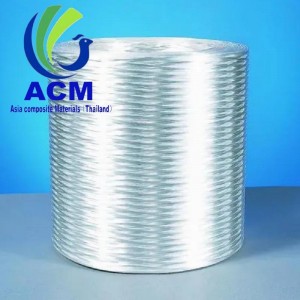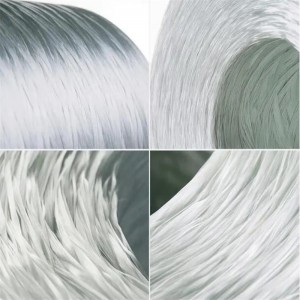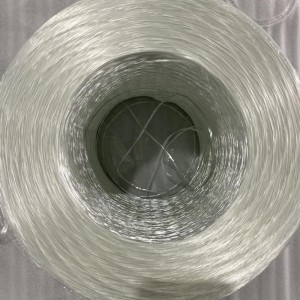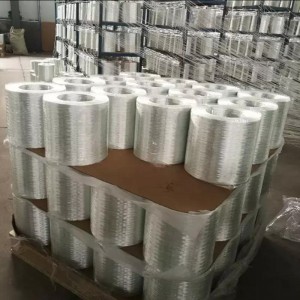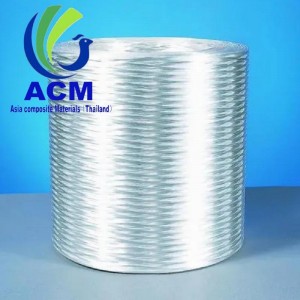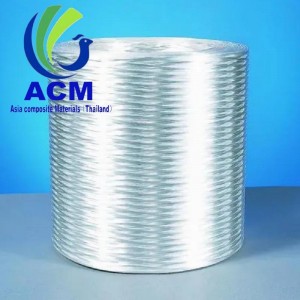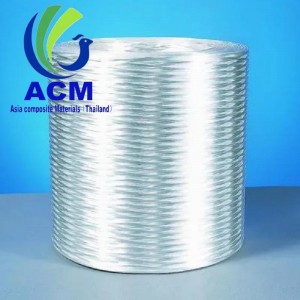Products
ECR Fiberglass Direct Roving for Pultrusion
Direct Roving for Pultrusion
Direct Roving for Pultrusion is based on silane reinforced sizing formulation. It has good integrity,
Fast wet out, good abrasion resistance, low fuzz; low catenary, good compatiblity with polyurethane resin, provides excellent mechanical property or is finished product.
|
Product Code |
Filament Diameter (μm) |
Linear Density(tex) |
Compatible Resin |
Product Features&Application |
|
EWT150/150H |
13/14/15/20/24 |
600/1200/2400/4800/9600 |
UP/VE/EP |
Fast and complete wet-out in resins Low fuzz Low catenary Excellent mechanical property |
Direct Roving for Pultrusion
Direct Roving for pultrusion is mainly compatible with unsaturated polyester, vinyl and phenolic resin systems. Pultrusion products are widely applied building, construction, telecommunication and insulation industries.

The roving, mats are pulled through a resin impregnation bath, heated die, continuous pulling device, under high temperature and high pressure conditions, then final products are formed after cutoff-saw.
pultrusion process
Pultrusion is a manufacturing process that produces continuous lengths of reinforced polymer structural shapes with a consistent cross-section. The process involves using a liquid resin mixture, which includes resin, fillers, and specialized additives, along with textile reinforcing fibers. Instead of pushing the materials, as is done in extrusion, the pultrusion process involves pulling them through a heated steel forming die using a continuous pulling device.
The reinforcing materials used are continuous, such as rolls of fiberglass mat and doffs of fiberglass roving. These materials are soaked in the resin mixture in a resin bath and then pulled through the die. The heat from the die initiates the resin's gelation or hardening process, resulting in a rigid and cured profile that matches the shape of the die.
The design of pultrusion machines may vary depending on the shape of the desired product. However, the basic pultrusion process concept is illustrated in the schematic provided below.


